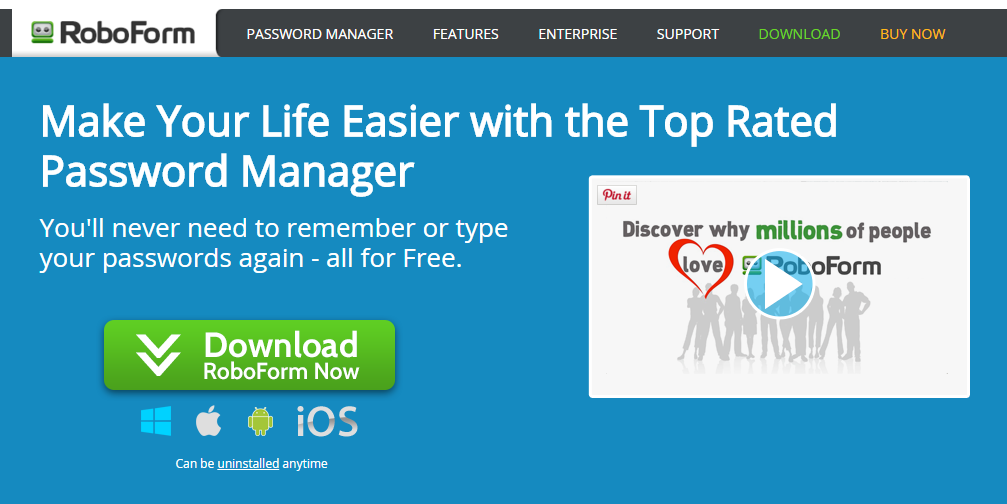
Members of the Pole Position Marketing pit crew answer your web marketing questions from their unique perspectives, with a “bonus lap” by a guest industry pro. See previous questions or go to our contact page to ask your own or inquire about our services.
Today’s Question: How do I get more conversions on my site?
 Stoney deGeyter’s Answer from an SEO Perspective:
Stoney deGeyter’s Answer from an SEO Perspective:
Far too often we approach “conversions” by trying to find the best way to get visitors to do what we want. That works, but only to a point. A better way to approach this is by trying to find the best way to give the visitor what they want.
Notice that there are two components to that. 1) The Best Way, and 2) Give Visitors What They Want. Let’s quickly tackle these in reverse.
2) Give Visitors What They Want: You’ve probably heard the saying that a man doesn’t want a drill, he wants a hole. What do your visitors want? Do they want a product or service or do they want the results that that product or services provides?
Most likely, your product or service is just a way for them to get the results. So make sure you sell the results more than anything else.
1) The Best Way: There is a lot of room for interpretation here, which means you get to try a lot of different things. The problem with most businesses is they design a site determined that the new design is the “best” way and they leave it at that. But what if it’s not? What if it’s a great way, but not the BEST way to give your customers what they want?
Being open to testing, and then testing everything, allows you to really find the best way possible. That might mean a different navigation setup, better call to actions or improved images. It also could mean creating better conversion paths or making some information more accessible to the visitor. All of these things matter.
For the most part, the visitor doesn’t know what they want here, so it’s up to you to figure that out for them.
 Deb Briggs’ Answer From a Content Marketing Perspective:
Deb Briggs’ Answer From a Content Marketing Perspective:
My first response to that question is, have you asked for the conversion? [inlinetweet prefix=”” tweeter=”” suffix=””]Many times the difference between a conversion, or lack thereof, is a well-crafted, well-placed call to action.[/inlinetweet]
First, you need to decide, based on buyer persona research, what you want your customer to do along each step of the customer journey. Do you want them to sign up for your email newsletter for education purposes? Do you want them to simply contact you, either by filling out a form or calling your sales office? Answering these types of questions allows you to then develop effective CTAs.
A call to action, and the supporting copy preceding it, should reference a customer need, then fulfill that need with your product or service. A good example of this can be found on RoboForm’s site. The intent of this password manager software is to simplify your life online by saving all your passwords in one convenient location—and saving them securely.

Notice in the screenshot above that the preceding copy to the CTA button encouraging you to “Download RoboForm Now” contains copy that highlights the main benefits of this software solution: It’s top rated, it makes your life easier and it’s free.
Also note that they’ve included a video that highlights the customer’s pain points—the hassle of remembering all your passwords for the different sites you visit online—with how RoboForm can reduce the hassle this creates. Developing content that supports a strong call to action will ultimately help with your conversions.
Annalisa Hilliard’s Answer From a Link Building & Local SEO Perspective:
Answer From a Link Building & Local SEO Perspective:
Conversion optimization is not just an important part of SEO, it’s the very fabric on which your optimization strategy and brand messaging should be built. Conversion is about your audience. If you don’t optimize for conversions, you aren’t answering the “why” and “how” questions that beckon the attention of searchers. [inlinetweet prefix=”” tweeter=”” suffix=”@ahilliardm”]Not factoring in conversion from conception will leave gaps in your efforts[/inlinetweet] and causes them to fall short of reaching their full optimization potential.
Keyword research is often done in the beginning stages of optimization. Before starting keyword research, though, you should spend time getting to know your current and potential users. Learn the nuances of the customer journey and find out what phrases are used to search for what you offer–beginning with research and following through to purchase. Build your content and messaging around the phrases uncovered in your keyword research.
Your messaging should not only incorporate the phrases found during keyword research, it should seek to fill the needs of searchers. To do this, you must find out what their intention is when they type a phrase into search. In order to answer searcher intent, you must know your audience intimately. This can be accomplished by engaging on social media. Another option is to get feedback by way of a survey, interview or similar marketing tool. Whichever method(s) you choose, getting to know your users in an exercise in listening.
In addition to the devices mentioned above, you should collect data using tools like Google Analytics. This allows you to make inferences based on real metrics from your site visitors. The modern customer journey is often complicated, but getting insights from this data can help you make more informed business decisions.
Of course, to get the best results, you’ll want to combine both metrics and real interactions into your conversion strategy.
 Julie Graff’s Answer from a Social Media & Content Perspective:
Julie Graff’s Answer from a Social Media & Content Perspective:
As Deb said, calls to action are vital, and you should have them throughout your website. This includes your blog, which is a place where CTAs are often overlooked. Sure, you may have the standard call to subscribe on the sidebar, but are you encouraging readers to take any other actions? I would encourage you to add CTAs to all of your blog posts going forward, and also consider adding or updating the CTAs on any older blogs that are still bringing in significant traffic. In Google Analytics, set the date range for the past year and then go to Behavior–>Site Content–>Content Drilldown. Click on your blog. You should have a CTA for at least the top 20. Remember, a CTA doesn’t have to be the ultimate sale, and for newcomers to your blog, it probably shouldn’t be. You can invite them to download that new whitepaper, access a tool or even read more articles.
The other important thing to note, which Stoney mentioned, is that you should be testing your CTAs. There are many WordPress plugins that will help you build variations of CTAs and allow you to A/B test them. Test different types of wording, colors, images, etc., until you find the perfect combination to bring in the most conversions.
Finally, don’t forget about your landing page. Where do your visitors go after they click on a CTA? Does the page clearly state your message and move them toward the conversion? Does it make it clear how they benefit by following through? Make sure the offer at hand is the only offer on the page. In fact, it is best practice to strip the regular navigation from landing pages. How is your form? If it’s too long and asks for too much information, visitors may bail. Make sure the form is easy to use (on mobile, too) and that the form fields are flexible (users shouldn’t get an error because they put a dash after the area code in the phone number instead of putting it in parentheses). All of these little details matter, and if you don’t get them right, you could have a potential conversion slip right through your fingers.
Kyle Jensen’s Answer from an Implementation and Reporting Perspective:
Answer from an Implementation and Reporting Perspective:
The other Pit Crew members have mentioned how vital calls to action are. I want to add to that how important the format of those CTAs is. In working with our clients, I have found one of the biggest hindrances to conversions is having CTAs that don’t stand out. Specifically, representing your CTAs as text hyperlinks likely is not going to draw as many conversions as a compelling image or an eye-catching button would.
As mentioned by some of the others, the best way to know if your CTA working is to test, test, test, not just the words but how the visual elements entice (or don’t) the click.
BONUS LAP WITH: Lyena Solomon, Sr. Business Analyst at ServiceNow
 Lyena started her career as a webmaster in 1995, working on intranet sites for Motorola. Later she moved to web development programming in Perl, ASP, PHP and several proprietary languages. She managed development teams in Silicon Valley companies. An understanding of SEO, analytics, search and usability came with web development experience. Lyena’s experience in online marketing, social media, analytics and web development results in using diversified tactics to achieve the desired outcome.
Lyena started her career as a webmaster in 1995, working on intranet sites for Motorola. Later she moved to web development programming in Perl, ASP, PHP and several proprietary languages. She managed development teams in Silicon Valley companies. An understanding of SEO, analytics, search and usability came with web development experience. Lyena’s experience in online marketing, social media, analytics and web development results in using diversified tactics to achieve the desired outcome.
Getting more conversions is not that complicated. Start with the customer in mind. What would they want to do on your site? Why? What problems are they looking to solve? Your value proposition should resonate with those problems.
If you already have content that can help them, make sure it is obvious how to get to it on your website. If your content is hard to find, fix your navigation. Continue to create helpful content that speaks your customer language — the right message at the right time. What is their expectation when they arrive on your site? To learn? To buy? To decide? To ask for help? Evaluate your customer journey and help them make decisions with the content that fits their intent.
Once you figured it all out, test. Test your landing pages, test your conversion pages, calls to actions, headlines, images–everything.
[inlinetweet prefix=”” tweeter=”” suffix=”@lyena”]To get more conversions, don’t focus on conversions. Instead, focus on customer experience[/inlinetweet]. Once you improve the experience, your conversions will increase as well.
